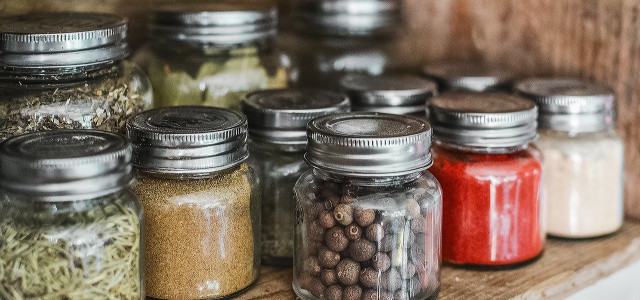Is a zero-waste kitchen possible? Definitely, but it requires some effort. We’ll give you a step-by-step guide for how to go grocery shopping, cook, and clean without producing any trash.
Thanks to the zero waste movement, people have become increasingly sensitive to the enormous amount of trash that the world produces on a daily basis, and the negative impact it has on our environment. Living zero-waste lifestyle might be challenging at first, but it is not impossible.
In the United States, we throw away a mind-blowing and arguably unforgivable amounts of food. According to the RTS (Recycle Track Systems), Americans throw away about 80 billion pounds of food each year. That’s nearly 40% of the entire US food supply. Clearly, the way that we are doing things isn’t working. If we want to stop wasting our resources and avoid the inevitable eventuality of a world overrun with garbage, we must begin by learning how to make more careful decisions about the way we handle our food, and consciously prioritize sustainability.
To help you get started on your zero-waste kitchen, we’ve put together a list of our top eight tips.
1. Plan Ahead: Make a List

It might sound like banal advice, but making a weekly grocery list can be very helpful. Knowing exactly what you need will help you avoid making impulse purchases in the supermarket or buying too much of something that’s on sale. Plus, sticking to your list will help you maintain your zero waste kitchen by forcing you to be more conscious about planning meals.
2. Zero Waste Kitchen: Avoid Packaging



Buying food that is sold in packaging automatically produces trash – so it’s not the best option for your zero waste kitchen. Instead of going to the supermarket, try buying your produce and eggs at a local farmer’s market. This way, you can simply place fruit and vegetables in your canvas bag, instead of using plastic bags. Some states, like California, New York, and Vermont, have banned the use of plastic bags and charge for paper ones – but only a total of only eight of the fifty United States have taken such measures. You could also buy a reusable egg holder, like this one on Amazon** to transport your eggs safely without having to use paper or styrofoam egg cartons.
Many supermarkets have a packaging-free section for dry goods, where customers can bring their own containers and purchase things like pasta, rice, nuts, and cereal by the pound. Some cities even have packaging-free stores that sell everything but the kitchen sink.
Tip: If you’re having a hard time finding packaging-free options in your area, try ordering from one of these zero waste online shops.
3. Proper Storage and Expiration Dates



Keeping your groceries as fresh as possible for as long as possible is essential to any zero waste kitchen. Airtight containers made of clear glass are the ideal tool for this job. This way, you not only keep your food fresher, but you can also see what you have in your refrigerator, and note what needs to be used and what you need to buy at a glance.
Temperature, light, and shelf life are also factors in preventing food from going bad. In this regard, a little knowledge goes a long way. For example, not all food is best kept in the refrigerator. Tomatoes do better at room temperature, and potatoes are stored best in a dark, cool place.
Tip: If you’re not sure how to store different kinds of food, you can find useful advice here:
- 8 Foods That Don’t Belong in the Freezer
- Storing Food Correctly: 7 Tricks for Vegetables, Fruits, and Leftovers
- Refrigerator Temperature and Organization: How to Store Food Properly
Remember that “best by” and expiration dates are often more of a suggestion than a hard rule. Use your own judgment to determine whether or not food is really no longer fit to eat. Usually, if food tastes and smells the way it ought to, it can still be eaten. Exceptions to this would be protein-rich foods like meat. Eating expired meat could make you very sick, so it’s usually better not to take any risks in that case.
Tip: Foods That Never Expire: 8 Forever Foods for Your Kitchen
4. Zero Waste Kitchen: Conscious Cooking
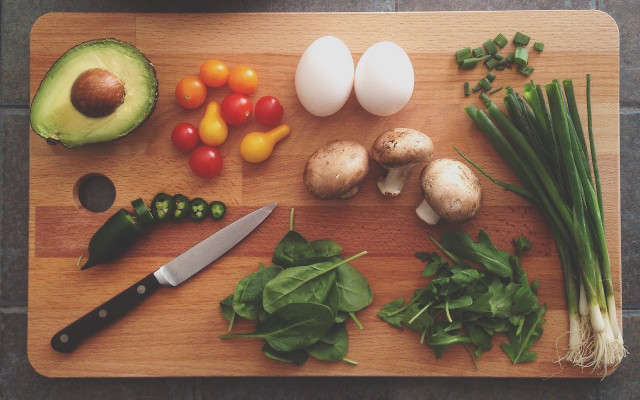


Perhaps the most important thing you do in the kitchen is cook. To have a truly zero waste kitchen, you’ll need to find creative ways to reuse your food scraps. Here are a few ideas to get you started:
- Get More From Your Produce: Many people are in the habit of throwing away parts of vegetables that are perfectly edible, like cauliflower leaves, carrot tops, beetroot leaves, broccoli stalks, edible pumpkin skins and watermelon rinds.
- Reuse Stale Bread: Far from belonging in the trash bin, stale bread is one of the most versatile ingredients you could ever ask for. Use it to make things like passatelli, German bread dumplings, panzanella, ribollita… the possibilities are endless. For more inspiration, check out these four stale bread recipe ideas.
- Make Broth: Vegetable scraps can be used to make homemade broth. Make a big pot and then freeze it in small portions, so that you’ll always have it ready to hand when you need it.
For more ideas on how to get more out of your vegetables and reduce your food waste, take a look at these articles:
- Vegetable Scraps: Easy ways to reuse veggie seeds, peels, and more.
- Put Onion Skins Back to Use: 5 Useful Tricks
- Food Waste: 10 Pro Tips for Reducing Food Waste
5. Baking Without Waste
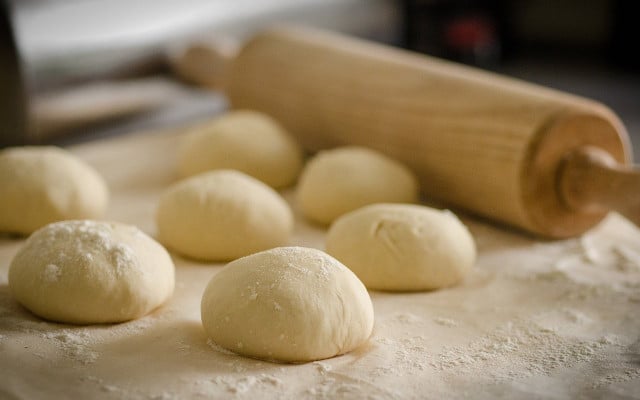


In the kitchen, equally important as cooking is baking. Try to avoid using things like baking paper or aluminum foil as much as possible. Instead, use washable baking sheets and baking pans. Use reusable cupcake tins instead of paper ones, and avoid using larger disposable baking tins for things like loaves or pie.
6. Drinks in a Zero Waste Kitchen
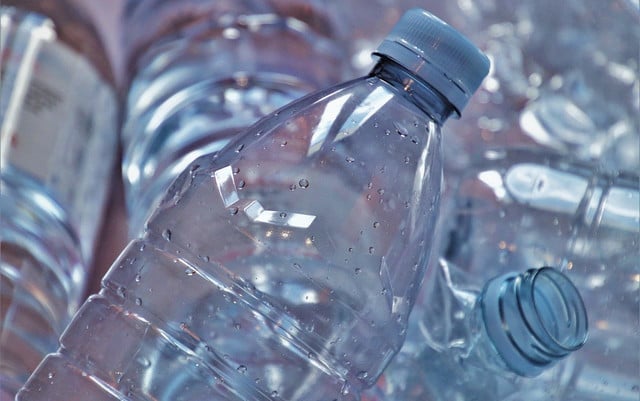


To further reduce the amount of waste you produce, use loose tea leaves instead of tea bags, and use a French press or espresso machine to make your morning coffee or cold brew. If you have a coffee machine that uses pods, use reusable coffee capsules instead of disposable ones.
Instead of buying water in plastic bottles, invest in a water filtration system for your home. And if you’re the kind of person who likes to drink everything with a straw, get yourself a reusable one made of bamboo or metal. Needless to say, disposable cups made of paper, plastic, or styrofoam have no place in a zero waste kitchen.
7. Zero Waste Cleaning



To wash your dishes, instead of using synthetic plastic sponges that fall apart after a few uses, use biodegradable ones made of cellulose, like these on Amazon**. They last for months, and can be composted when you’re through with them. You can also buy brushes that have changeable heads, and durable copper scouring pads. Mend your dishtowels instead of throwing them away, and use rags instead of paper towels.
Another tip for your zero waste kitchen: Instead of buying dish soap in a plastic container, try making your own DIY dish soap and dishwasher detergent at home.
8. Make A Compost Pile
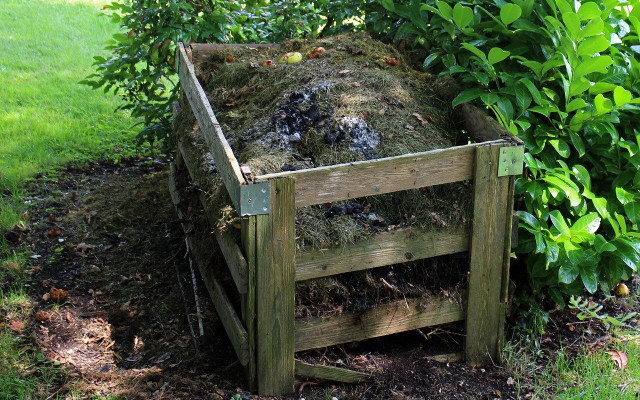


A compost pile obviously will not be part of your zero waste kitchen. But having one in the garden will help you make use of things that you aren’t able to reuse. You can compost things like banana peels, orange peels, used tea leaves or coffee grinds, matches, natural corks from wine bottles, toothpicks, nutshells (except walnut shells, which can be toxic to certain plants), natural sponges, and wood ash from your fireplace.
Also, become familiar with what recycling services are available in your area and make sure you’re taking advantage of them. If there is no pick-up service available, look for a local recycling center where you can drop off your paper, plastic, and glass.
Zero Waste and Plastic
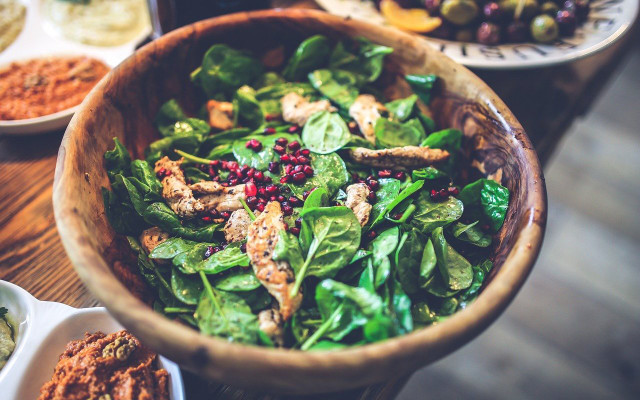


One of the goals of the zero waste movement is to use as little plastic as possible. For your zero waste kitchen, that means no plastic bowls, utensils, or containers (or anything else made of plastic). But what does using less plastic have to do with zero waste?
The goal of the zero waste movement is to reduce the total amount of trash that humans produce, and to reduce the impact that the trash we do produce has on the environment. That means throwing away as little as possible and that the things we do throw away should either be recyclable or biodegradable.
But, plastic is recyclable, so it’s okay, right? Not quite. It’s true that plastic is recyclable, but the reality is that a whopping 91% of plastic produced ends up discarded, burned, thrown into the ocean, or put in landfills. And since we know that plastic takes 400 years to degrade, and only 12% of plastic ever produced has been incinerated, we can infer that 88% of all plastic items made since humans invented the stuff is still lying around somewhere in nature.
For that reason, the zero waste movement uses no plastic. Does that mean you should immediately throw away any and all plastic items in your kitchen and replace everything with things made from natural materials? No. Instead, use your plastic items for as long as you can, and when you do throw them away, make sure they get recycled and not thrown out in the regular trash. And make sure that anything new you buy in the meantime is made from natural, biodegradable material. In this way, you can slowly and sustainably grow into your zero waste kitchen.
This article has been translated from German to English by Christie Sacco. You can read the original here: Zero-Waste-Küche: In 8 Schritten zu weniger Müll
** Links to retailers marked with ** or underlined orange are partially partner links: If you buy here, you actively support Utopia.org, because we will receive a small part of the sales proceeds. More info.Do you like this post?






